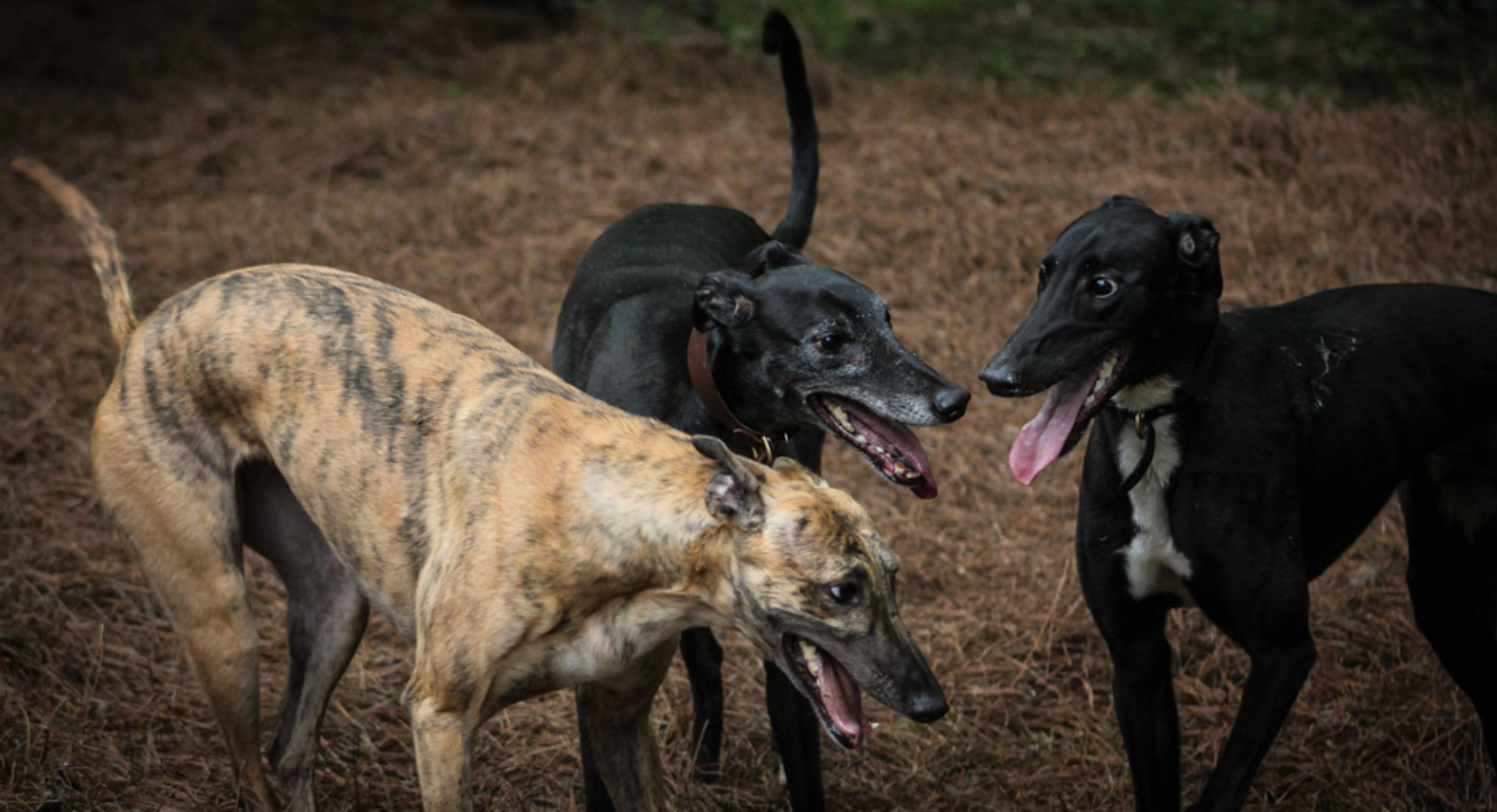If I were asked what is the most important physical attribute of a Greyhound, without a pause my answer would be feet.
Often times we take our feet for granted forgetting that they support and balance us throughout the day. Feet are essential, just about every action we do involves our feet. One of the most important features of a Greyhound is their ability to run. So it would make sense that a Greyhound must have good feet to run through terrain after a hare or chase a mechanical lure on a sand track. Greyhounds need an exceptional base for them to perform at their best.
If you have ever studied a dog foot, it is complex structurally. There are multiple small bones that make up the carpus (wrist), foot, and toes of the Greyhound. All of these tiny bones have a purpose and even a small fracture can cause issues. In addition to the multiple bones in the Greyhound’s foot there are also ligaments that attach bone to bone and tendons that attach the Greyhound’s muscle to bone. And remember the feet need to be well innervated with nerves, sending and delivering messages between the brain and foot. It is essential that the Greyhound have excellent proprioception or know where its feet are and how to move its feet to achieve a task.

I believe that some dogs are born with superior feet. When considering breeding Greyhounds you have to weight out the pros and cons of both parents. I am sure feet are considered as a toe or wrist injury can put a dog out of work for weeks to months. I grew up in Appalachia and one old wives tale was that a double dew clawed (dew claws on both the front and back feet) dog was a lucky dog. Dog people have always paid attention to dog’s feet.
I want to talk about a common injury that many Greyhound owners may encounter—a dislocated toe. A dislocated toe or luxation of the proximal interphalangeal joint (PIP) or distal interphalangeal joint (DIP) joint occurs when the ligaments that hold either the PIP or DIP joints together can no longer tolerate the external stress on the joint and they give out. Generally speaking the joint will dislocate dorsally or upward. Oftentimes the joint will pop out of place and the ligaments still having integrity, will pull the luxated portion of the toe back into place. The toe will appear very swollen and sometimes will have a knife like cut where the luxation caused a break in the skin. However, the ligaments can completely lose their integrity and the joint will be displaced. Generally the Greyhound will be lame and you will be able to see the displaced toe. Often times the joint can be reset but this can be painful—I highly recommend against doing this on your own the first time unless you have experience resetting joints. In most cases with either presentation, the likelihood of the luxation recurring is high.

In addition to recurrence being high, successful treatment can be difficult to achieve as well. A trip to the vet is indicated to get an x-ray and make sure there is not a small fracture. For most pet owners the toe can be set and splinted for a week then rested for 2-4 weeks. Then pray the next time your Greyhound runs that the toe will stay in place!
Often times performance Greyhound owners will opt for intervention. Evidence for these types of procedures is variable. But certain orthopedic vets will complete the procedure and they can be very successful. Jethro severely dislocated his toe in March 2014, had stabilization with suture material in March 2014, and he continued amateur-running sports until December 2015 without any toe issues. If you were going to proceed with an intervention the vet would place a suture material or sclerotic material in the affected area to stabilize the joint then hope that the Greyhound’s inflammatory response will create arthritic changes to further stabilize the joint. If this fails amputation would be a reasonable next choice, especially for a non-weight bearing toe.
On the subject of amputation, I am not a fan or removing parts of the body that are not causing issues; however, as soon as trouble strikes and reasonable treatments have failed, remove the problem. Dogs don’t care about how many toes they have but they do care about pain!
There are also plenty of alternative methods to try in these cases. I am a believer in acupuncture, turmeric, and fatty acids (Omega QD). Some people really like a cold laser as well. I have used the cold laser many times and I feel that it does not hurt but I have not seen as much improvement with cold laser as other alternative treatments.

Greyhound feet are vital to our dog’s daily doings. Understanding the foot and where possible issues could arise is important so that you will be better prepared when an accident strikes.

